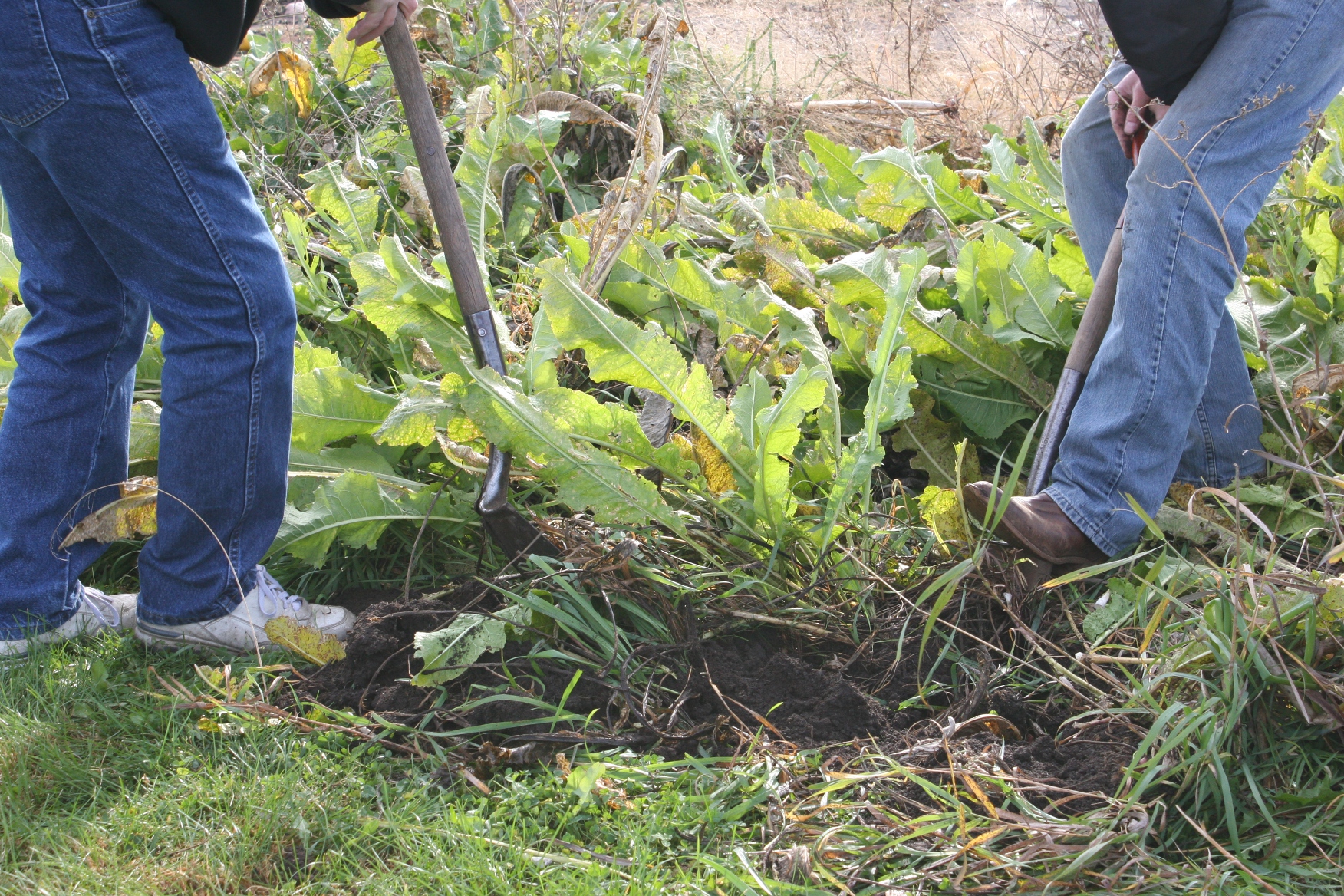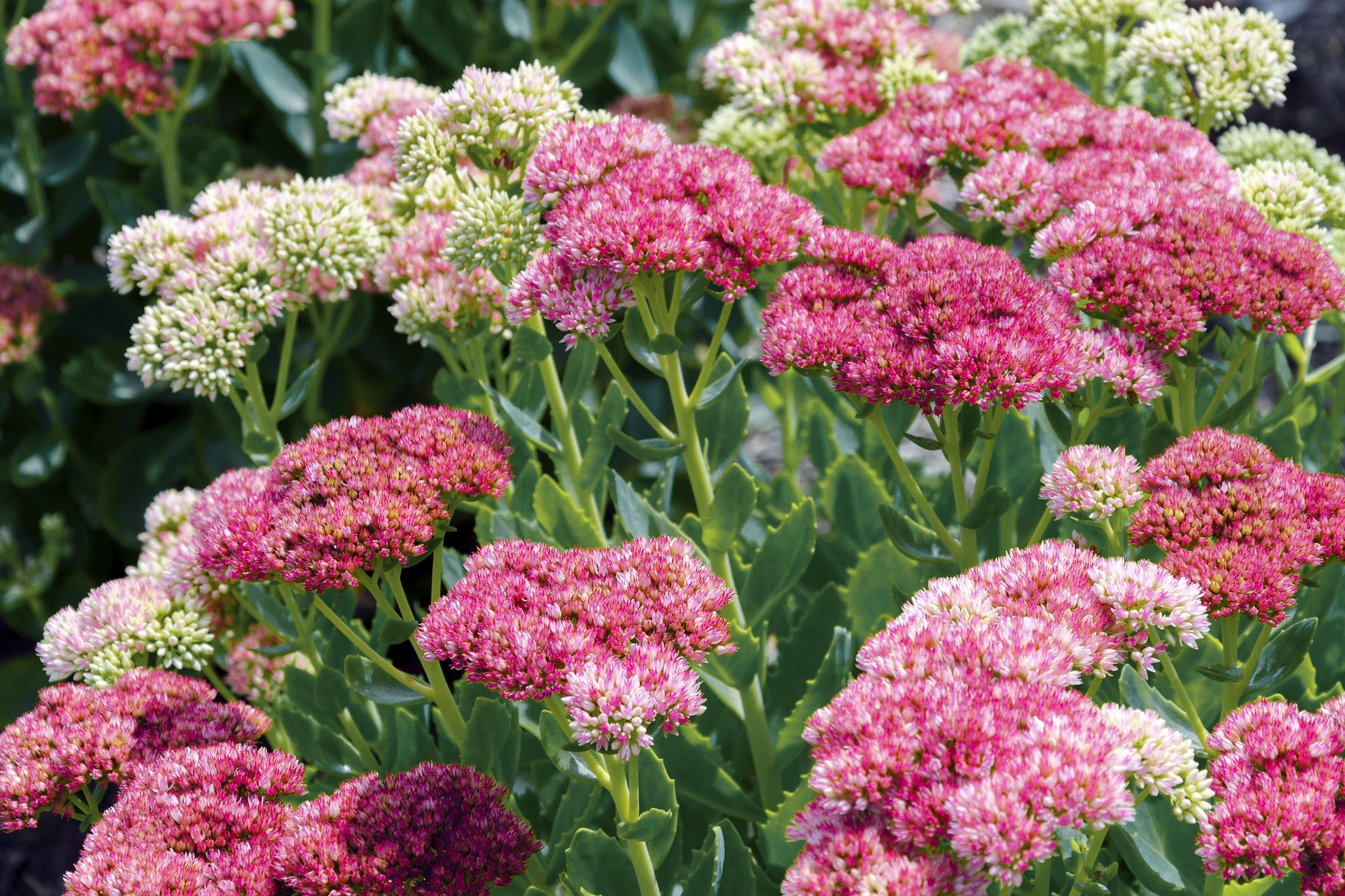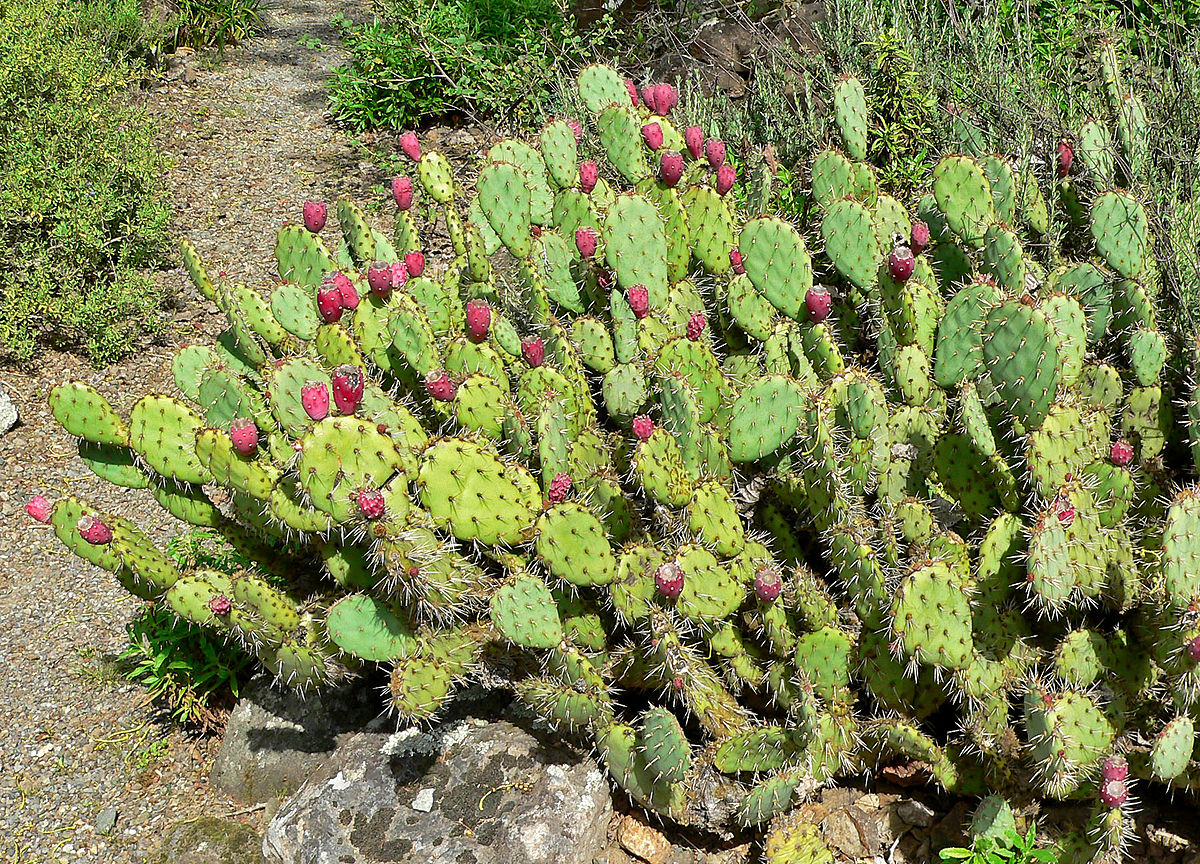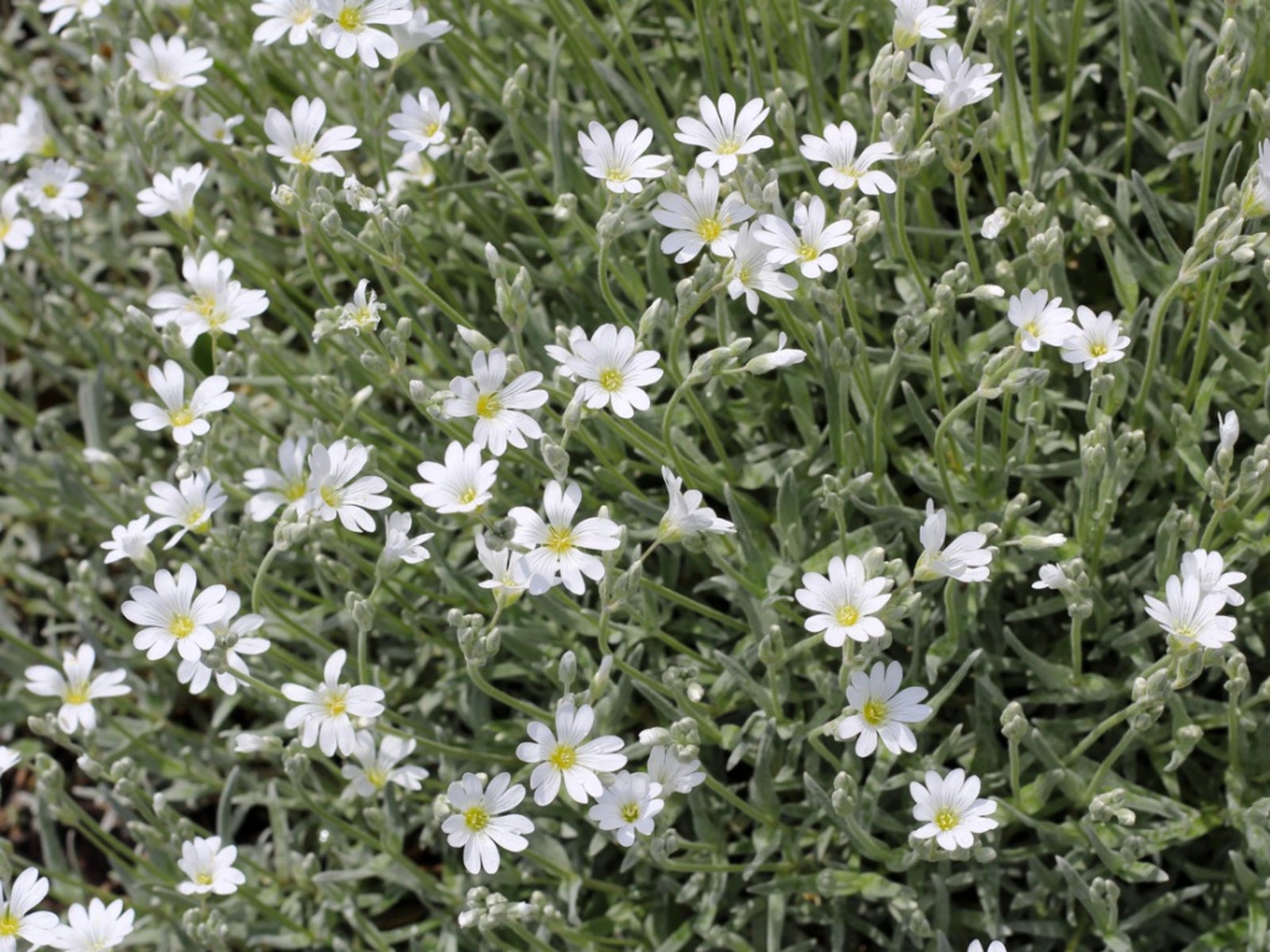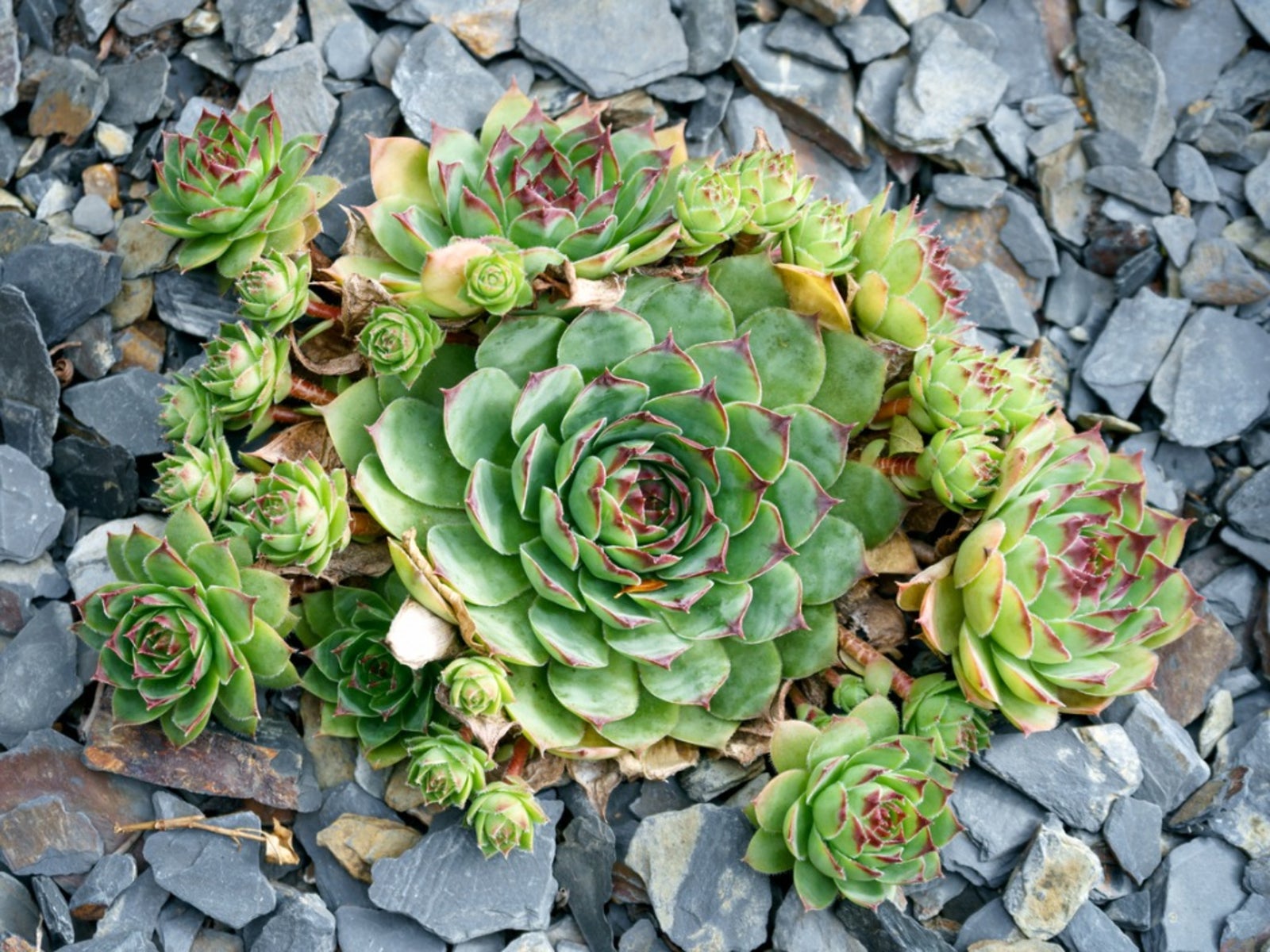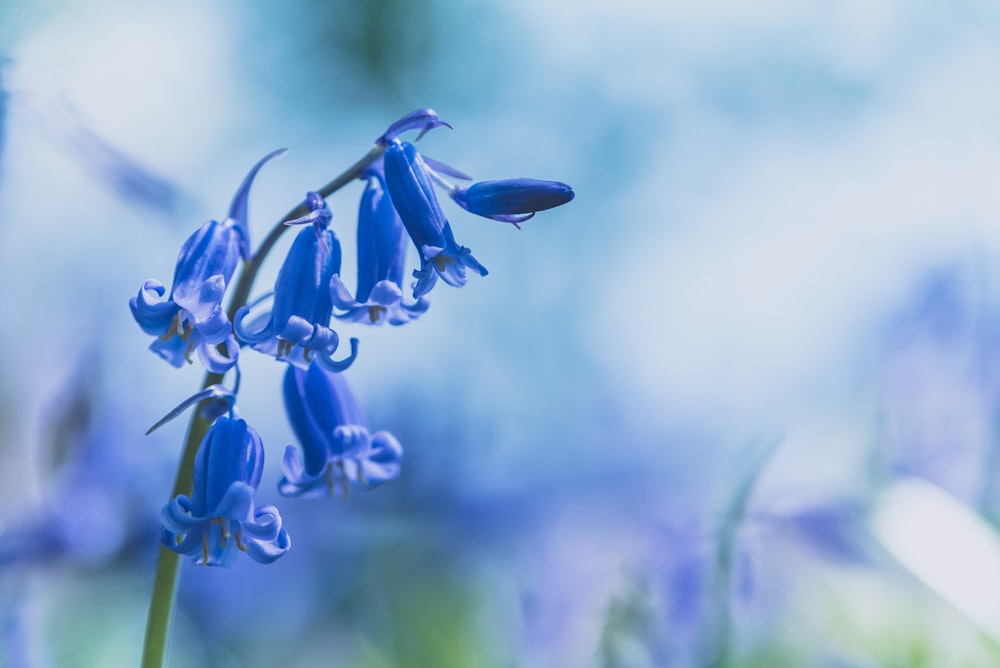Few things are as satisfying as knowing your home is clean. But with so many different products on the market, it can be difficult to determine which ones work. If you go for store-bought mopping supplies, they can be costly and contain harsh chemicals that may irritate your skin and eyes. But if you use common household items, you can clean and sanitize your floors for a fraction of the price.
In this article, we’ll cover the basics of how to mop your floors using supplies you already have around the house. Here’s all you need to know.
Easy homemade mopping solutions
Follow these steps to learn how to mop a floor using simple household items.

Image Credit: http://realsimple.com
1. Fill a bucket with water and dish soap
Your first step is to fill a clean, empty bucket with warm water. The size of the bucket depends on how big your room is, but generally, one gallon of water should be plenty. You also want to mix in some dish soap to help remove dirt and grime from the floors.
Add about ½ cup to 1 cup of dish soap depending on the size of your bucket full of water.
2. Add vinegar to the bucket
Next, add ¼ cup or so of white distilled vinegar into the mixture to disinfect your floor while you mop it. As vinegar can be very strong, only use this much rather than increasing it. This will ensure that your house smells pleasant and fresh rather than like a salad.
3. Dip your mop in the bucket
After you’ve created your cleaning solution, grab a mop out of your closet. You can use any type except for swiffer wet-jet mops because they are disposable. Dunk the mop head into the water/soap mixture until it’s completely saturated, then wring it out over the bucket to remove excess moisture.
4. Mop your floors
Mop the floors by dipping your mop in the soapy mixture, wringing it out over the bucket, then moving on to another section of the floor until you’ve mopped all of it. Once you’ve dipped your mop in the bucket, wring out any excess moisture by squeezing it between your fingers. With a clean water/soap mixture on the mop head, start mopping your floor by pushing forward with your feet and pulling back with your hands. Do this repeatedly across the entire floor until you’ve covered every section of it.
5. Rinse off your mop after every few sections of the floor are cleaned
Before starting another section of the floor, rinse off the mop head to remove any leftover dirt or debris then dip it into the cleaning solution once again for additional cleansing power.
6. Put away your supplies when finished
Once you’ve finished mopping all areas of a given room, put your supplies away. Wash out the bucket with warm water and dish soap, wring out the mop head, hang it up to dry, and store the cleaning solution in a container or jar.
Voila. You have clean floors that are free of bacteria without spending too much money on expensive commercial products. Follow this simple how-to guide when you’re ready to deep-clean your floors with only what you have at home.
Disinfecting other household items
You can also use household supplies to clean other surfaces inside your home. For example, you can disinfect your toilet, bathtub, sink, and tub with this method if desired.
Simply add the same amount of water, dish soap, and vinegar into a spray bottle and shake it well. Then use it to wipe down your toilet, tub, or shower walls and clean out your sink.
This mixture will kill most household germs and make your bathroom free of harmful bacteria. It’s also non-toxic so there’s no need to worry about chemical residue left on surfaces after cleaning them for hours with harsh chemicals such as bleach.
There are plenty more uses for common household items that can help you stay healthy while keeping costs low. For example, using lemons and baking soda to clean your toilet bowl can cut back on harsh chemicals while eliminating germs. You can also make your homemade wood cleaner with vinegar, lemon juice, olive oil, and water by following this easy guide.
How to disinfect carpets
Carpets are another source of germs and dirt in your home. Since they can be difficult to clean with a vacuum, you’ll want to know how to disinfect your carpets so that this area of your house is germ-free.
When you’re ready to deep-clean the carpets in your living room or bedrooms, fill up a spray bottle with water and dish soap then shake it well. Then use it to wipe down each section of carpet and soak up any stains and dirt left behind by children playing on the floor or pets sleeping on it.
Once you’ve sprayed down each section of carpet, start at one end of it and pull back on top with a towel while pushing forward on the bottom with your feet. This will help you pick up most of the dirt and debris out of the carpet.
After you’ve pushed forward and pulled back over every section of carpet, use a separate towel to wipe up any remaining moisture or stains then vacuum each area to finish your deep-cleaning task.
Tips and tricks to keeping your home clean
Some more tips and tricks that can help you clean your home for cheap without sacrificing quality. For example, you can use a dryer sheet to clean fingerprints off your windows and mirrors.
Simply use a clean cloth or soft paper towel to pick up the static from the dryer sheet then wipe down the area in question. The static will attract any dirt, grime, or fingerprints on your window so that they lift right off without too much scrubbing.
Another money-saving tip is knowing how to clean vinyl flooring. For example, you can use white vinegar and water in a spray bottle filled with 2 tablespoons of dish soap and 1 cup of vinegar for sparkling floors throughout your home. You can also add lemon juice, baking soda, and hot pepper sauce to the same mixture for a customized version that kills germs while also giving your floors a fresh scent.
The best part is knowing how to make safe cleaning products at home. This way you can save money every week by not buying commercial cleaners and keeping harmful chemicals out of reach from children or pets.
For example, vinegar mixed with lemon juice and water forms an effective homemade window cleaner that cuts through grime like magic. You can also use a hair conditioner as furniture polish to keep wood looking shiny without any harsh chemicals.
Easy Homemade Mopping Solutions – FAQ
What do I use to mop?
You can use a simple microfiber cloth or you could just as easily use an old T-shirt that has been cut into smaller pieces. There are also purpose-built mops available from your local supermarket/hardware store.
How should I clean the floor?
Generally speaking, people will buy a standard product to mist onto their floors and then wipe it up with a damp cloth or mop. The main benefit of this is being able to see where you have already cleaned so you don’t miss any areas. This type of solution may contain chemicals that could be harmful if ingested by pets or small children, so be sure to read the label before using them on surfaces that others will be walking on.
How often should I clean my floor?
This will depend on the amount of traffic your floors get as well as which type of flooring you have. For high traffic areas or those made from more porous materials such as timber, tile, or vinyl, it would be a good idea to mop weekly. For low traffic areas and those with sealed surfaces (e.g.: lino), you may only need to mop once or twice a month. When in doubt, always follow the manufacturer’s instructions on the product label for cleaning advice specific to your particular brand/type of flooring. Most people find that they don’t even need to purchase any special products – just use some warm water and add a few drops of their favorite essential oil (optional).
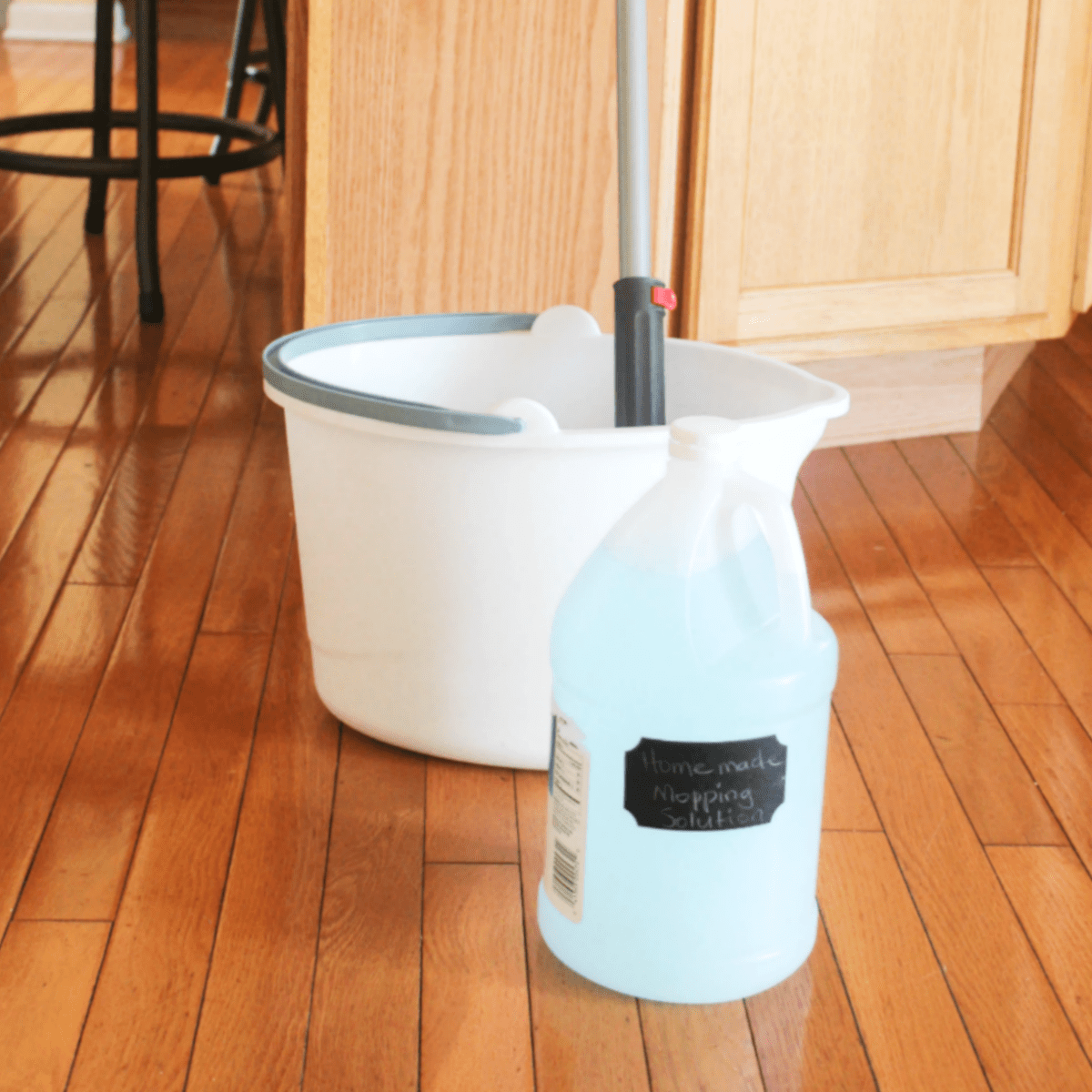
Image Credit: http://athomewithzan.com
Final thoughts on easy homemade mopping solutions
In conclusion, you now know that baking soda and vinegar are great cleaners and work well for mopping. The combination of these two will ensure a deep clean and keep your floors fresh.
Having a consistently clean house is a joy to live in for yourself and others that share the same space so always do your best to keep the place spick and span.
The post appeared first on Kitchen Infinity.
Did you miss our previous article…
https://chefbuano.com/?p=619




